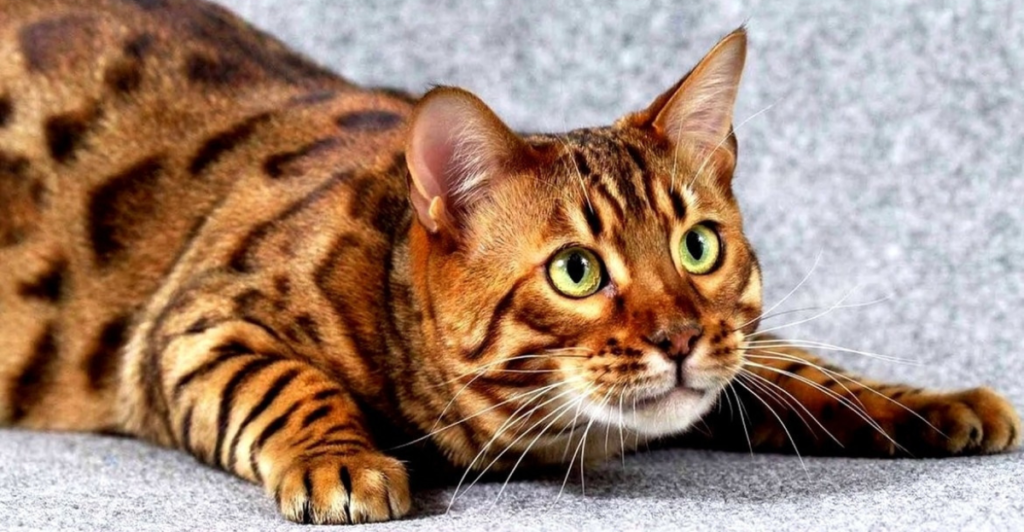
Many people are so mesmerized by the appearance and unique features of the breeds that closely resemble wild cats. Many of the breeds featured on this list are hybrids between domestic cats and wild species, combining the look of the wild with the temperament of a household pet.
The Bengal, for instance, is a hybrid breed created by crossing the Asian leopard cat with domestic cats. It is one example of an energetic and playful breed. Understanding these breeds offers insight into the wonderful world of feline genetics and behavior.
1. Bengal Cats

Bengal cats are a great example of a domesticated breed with a wild appearance. They were developed in the 1960s by crossing Asian leopard cats with domestic cats. Bengals sport leopard-like spots and rosettes and have energetic and intelligent personalities.
They are medium to large in size, with males weighing up to 6.8 kg, and they require plenty of exercise to maintain their athletic build. Bengal cats are very sociable and bond extremely well with their owners, making them amazing family pets.
2. Bombay Cats
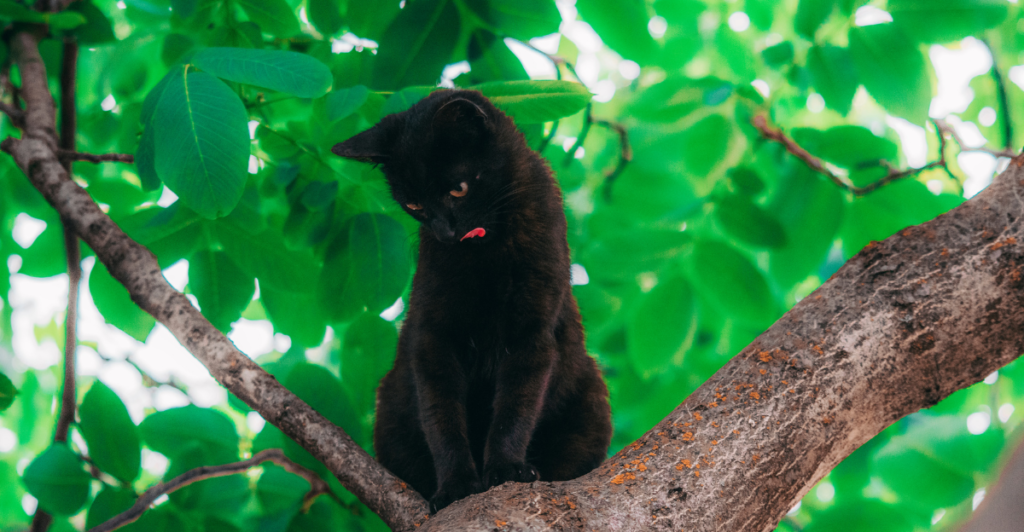
Bombay cats were bred to look like black panthers, with their sleek black coats and copper eyes. Bombay cats were created by crossing American Shorthairs with Burmese cats; they are very affectionate and social, making them easier to live with despite their wild looks.
They are playful yet relaxed, making them ideal for families wanting a low-maintenance yet engaging pet. Their domestic origins mean they have no wild blood, but their appearance is unmistakably exotic.
3. Chausie Cats

Chausies are a hybrid breed created by crossing domestic cats with jungle cats (Felis chaus). Their unique coat patterns, inherited from their wild ancestors, include brown ticked tabby and black grizzled ticked tabby.
As their hybrid ancestry suggests, Chausies are social and loving, but they are also high-energy cats that need regular playtime. Their domestication has created a wild-looking but friendly and affectionate breed.
4. Egyptian Maus
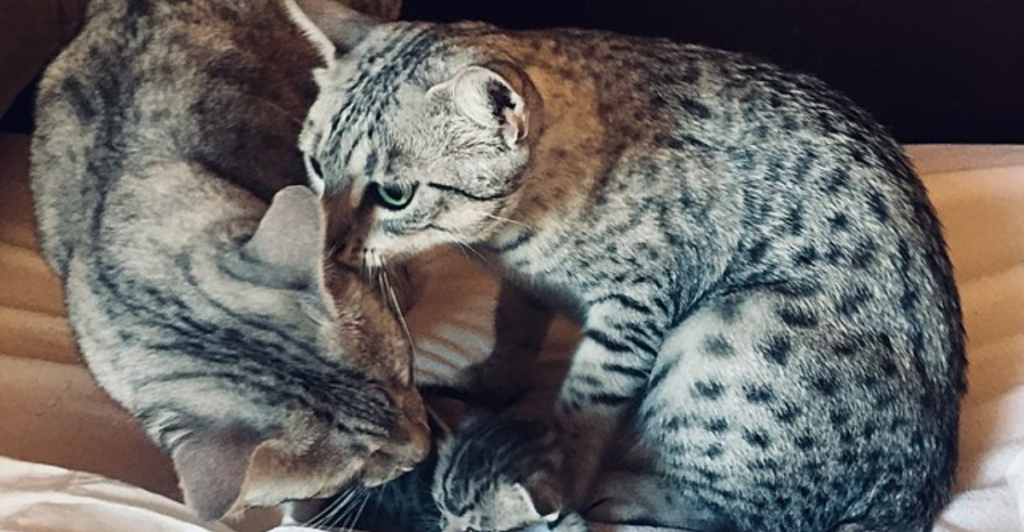
The Egyptian Mau is the only domestic cat breed with natural spots and lacks any wild blood in its ancestry. Its leopard-like spots first appeared in ancient Egyptian art, and it has been domesticated for thousands of years.
Egyptian Maus are social and affectionate but may shy away from strangers. Their unique appearance and friendly nature have made them very popular among cat lovers.
5. Ocicats

Ocicats were bred to resemble wild cats like ocelots when, in fact, they have no wild ancestry. They were created by crossbreeding Siamese cats with Abyssinians and later American Shorthairs.
For those with families, Ocicats make for friendly and nurturing pets. Its wild appearance belies its entirely domesticated roots, challenging conventional wisdom about what makes a cat “wild.”
6. Pixiebobs
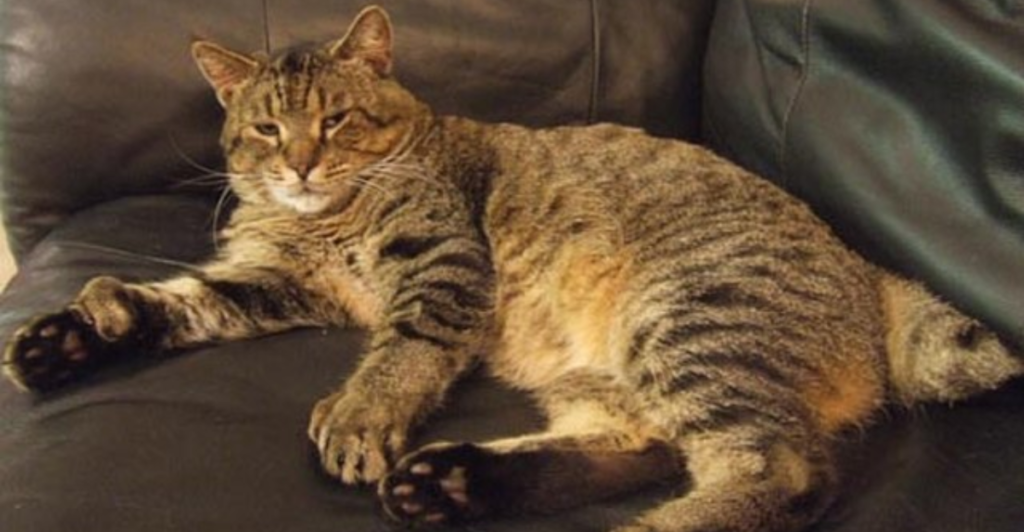
Pixiebobs are a breed of domestic cats that look remarkably like small wildcat species. They have spotted tabby coats and naturally bobbed tails. Though their folklore origins suggest wild ancestry, Pixiebobs are 100% domestic and tend to be polydactyl.
They have dog-like personalities, being active and sociable, which makes this breed desirable for those who want pets with a unique appearance and friendly demeanor.
7. Savannah Cats
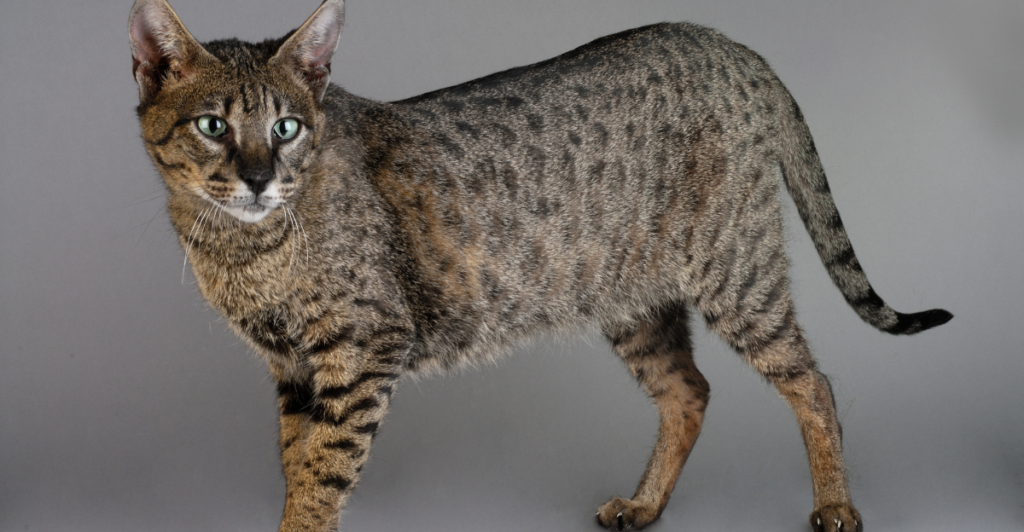
Savannah cats are hybrids created by breeding domestic cats with the African serval. Earlier generations retained wilder traits; later generations were energetic and curious domestic pets.
Savannahs need exercise and activity, which makes them suitable for experienced cat owners who can provide the necessary space and interaction.
8. Toygers
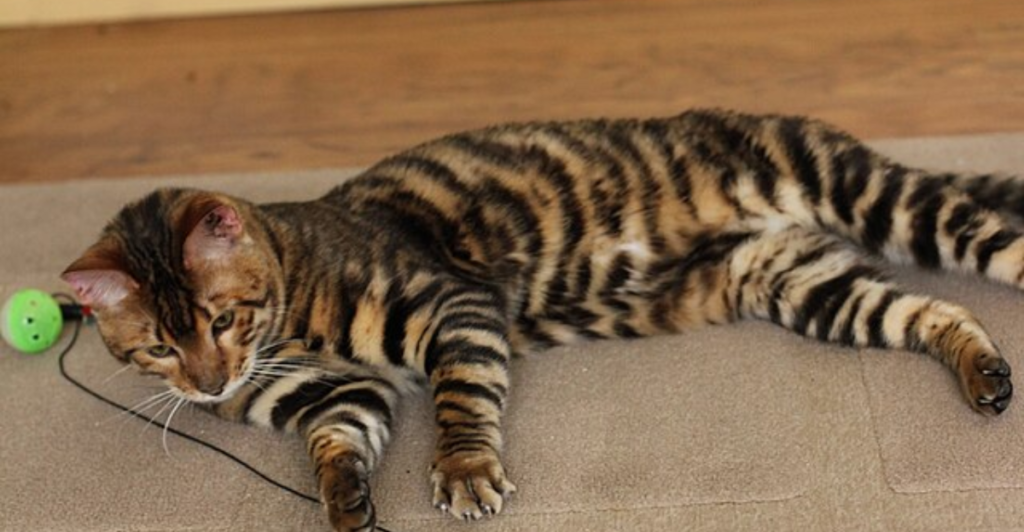
Toygers are bred to resemble miniature tigers, uniting a combination of domestic shorthairs, Bengals, and street cats from India. The breeders hoped to breed mackerels with bold markings like tiger stripes.
Toygers are friendly, playful, and confident and enjoy activities such as harnessed leash walks. They are the very definition of a wild-looking cat with a domestic heart.
9. Serengeti Cats
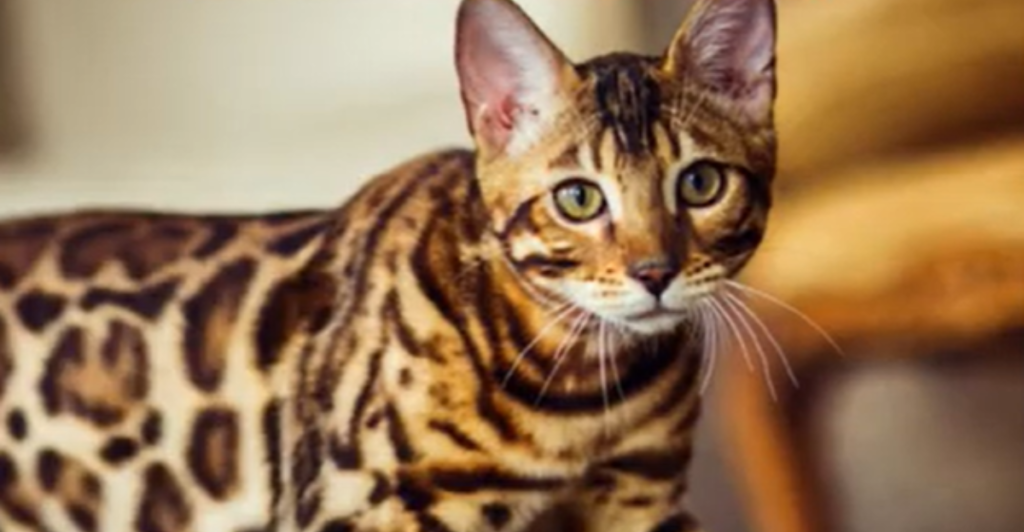
Serengeti cats are bred to look like the African serval, but they have no serval blood. Instead, they were created using Oriental Shorthairs and Bengals, which contribute a touch of wild blood through the Asian leopard cat genes.
Serengetis are high-energy, active cats that can become extremely attached to their human families. They illustrate how domestic breeds can capture the essence of their wild cats with direct wild ancestry.
Explore more of our trending stories and hit Follow to keep them coming to your feed!

Don’t miss out on more stories like this! Hit the Follow button at the top of this article to stay updated with the latest news. Share your thoughts in the comments—we’d love to hear from you!







